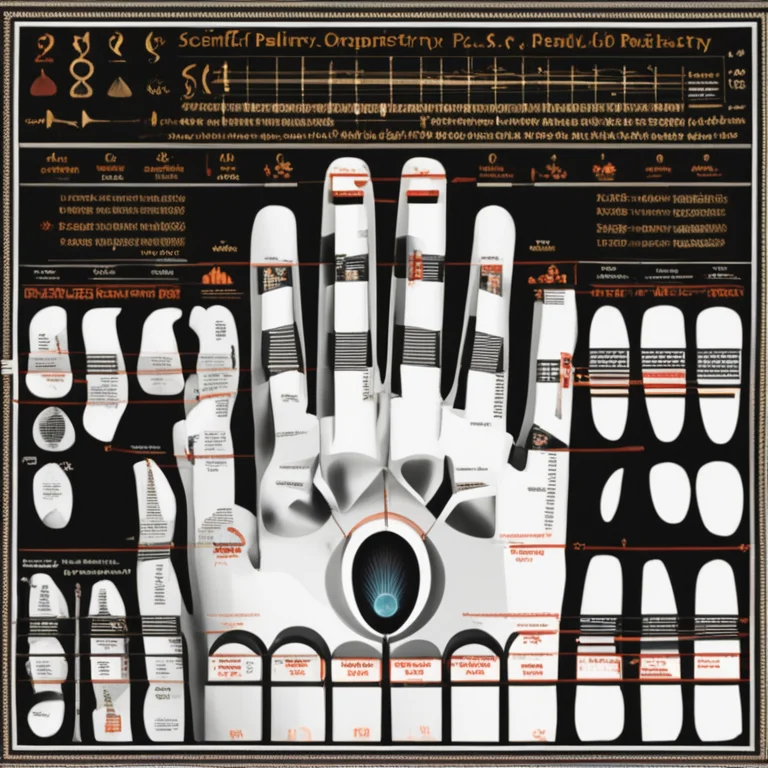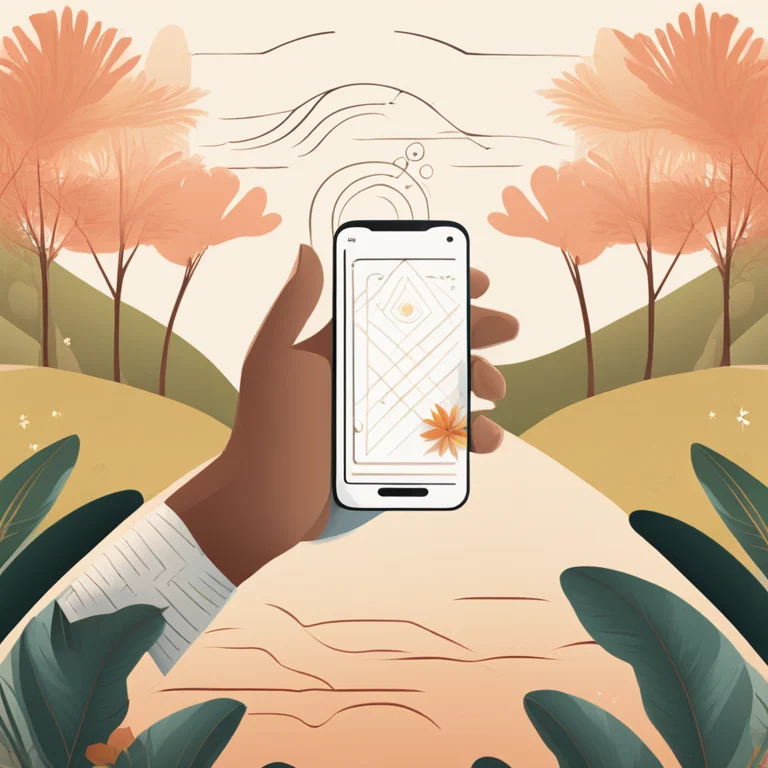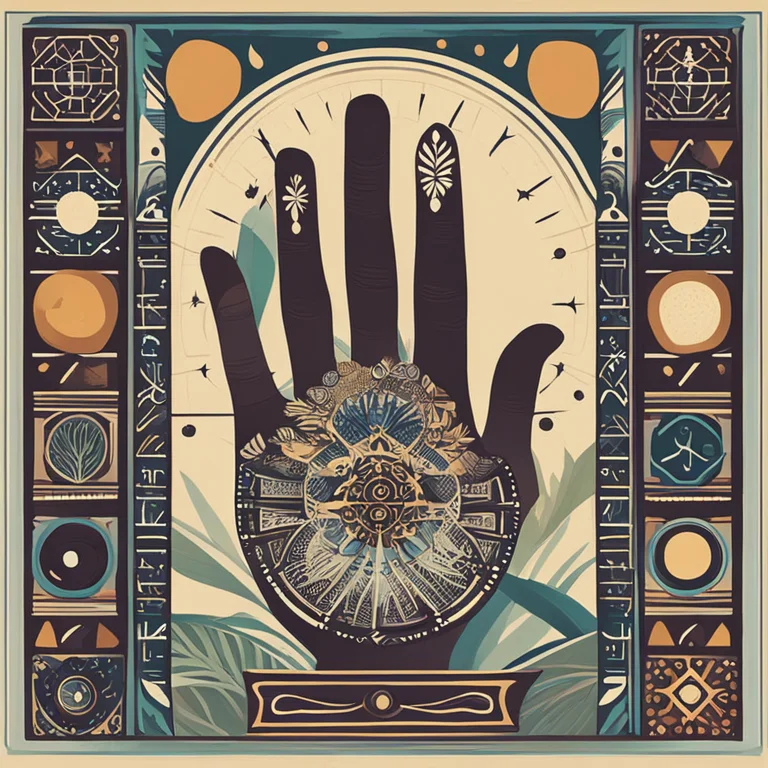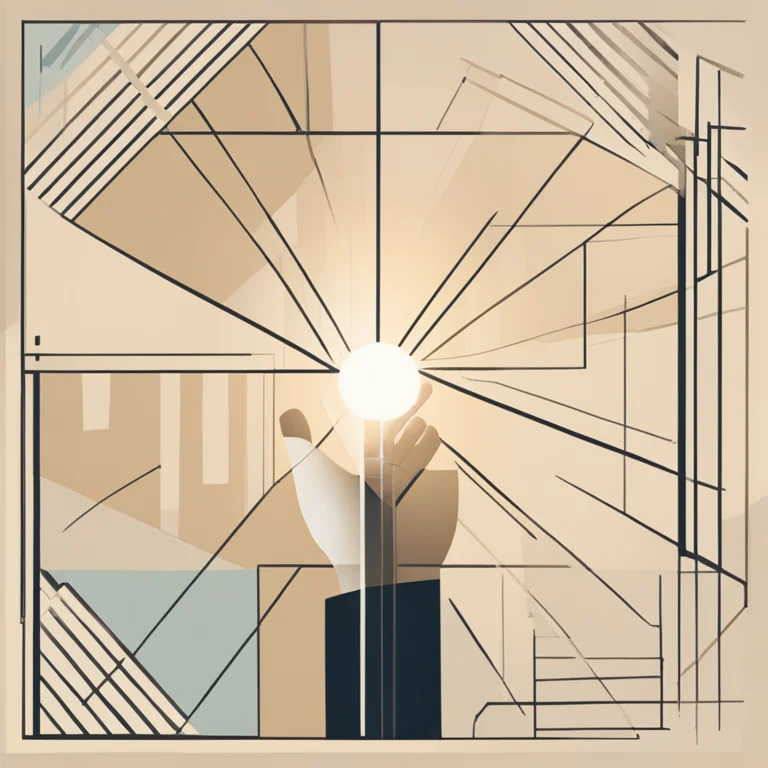
The Validity of Palmistry: A Rational Inquiry
Delve into the world of palmistry to understand its historical roots, scientific perspectives, and why many still turn to hand lines for personal insights.
article by Nora Pennington
What Is Palmistry?
Palmistry, also known as chiromancy, is the art of analyzing an individual's palms to interpret personality traits, future events, or both. This ancient practice is rooted in various cultures, with evidence of its use dating back thousands of years. Proponents of palmistry suggest that the lines, shapes, and mounts of the hands can offer profound insights into one’s life, from career success to love matters. Skeptics, however, question its efficacy, often citing a lack of empirical support. Yet, its popularity endures, intriguing those who seek understanding from the symbols etched in their skin.

Scientific Standpoint on Palmistry
From a scientific perspective, palmistry is often classified as a pseudoscience because it lacks empirical evidence and reproducible results that are typical of traditional scientific disciplines. Critics argue that a person's hand lines are not consistent predictors of their future or personality and that readings are too general to be meaningful. However, enthusiasts may point to psychological aspects, like the Forer effect, which explains why individuals find vague and general personality descriptions accurate. This effect, among others, may account for the enduring belief in palmistry.

Cultural and Historical Significance of Palmistry
Despite the skepticism, it's important to acknowledge palmistry's cultural significance. Rooted in various traditions, palmistry can be seen as a spiritual art form, reflecting societal norms and the human desire to know the unknown. In some cultures, palm readings are an integral part of astrology and are seen as complementary to other divinatory practices. The reverence for palmistry in historical contexts lends it a certain cultural credibility that persists to this day.

The Role of Technology in Palmistry
As we move further into the 21st century, technology's impact on palmistry is undeniable. With machine learning and image recognition, apps that read palm lines have become more available, attempting to bridge the gap between ancient art and modern science. While these technologies might attract new enthusiasts, it also reignites debates about the validity of palmistry readings and whether they should combine with digital advancements.

Why People Continue to Believe
The belief in palmistry is underpinned by the human need for reassurance and guidance. In times of uncertainty, individuals often look towards various forms of divination to provide comfort or to make sense of their circumstances. Palmistry offers a personal touch—literally—which may explain why it remains appealing in an age of impersonal technology. It speaks to the desire for personal reflection in a tangible, seemingly direct way that few other practices can emulate.
A Personal Choice
Ultimately, the belief in palmistry is a personal choice. For some, the pleasure lies in the mystery and the storyline that unfolds from a palm reading. For others, it's an exploration of self, irrespective of the veracity of the interpretations. While it cannot be scientifically substantiated, the practice of palmistry, like many other forms of divination, holds a mirror up to the human psyche—reflecting an endless fascination with the future and our place within it.
Published: 1/11/2024
Modified: 1/12/2024
More predictions
Come back here soon to learn more about yourself and your future


Unlocking Palm Lines for Career Success
Discover the secrets of your palms and what they suggest about your professional journey. Learn to read palm lines for insights into your career path.


Guide to Palm Reading: Lines and Interpretations
Discover the ancient art of palmistry with our concise guide to reading palms and understanding their meaning for life and personality insights.


The Secrets of the Jupiter Mount & Palmistry
Discover the significance of the Jupiter Mount in palm reading and how it reflects your leadership and ambition.